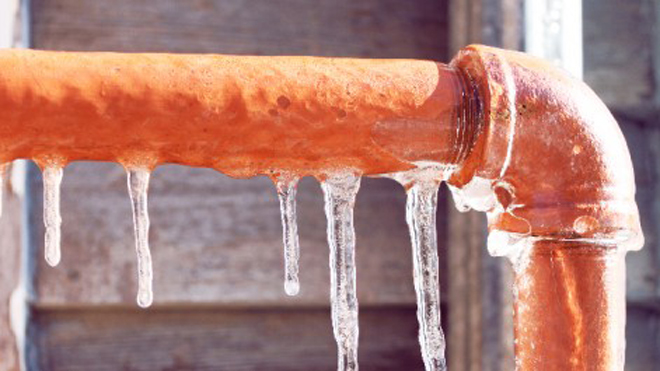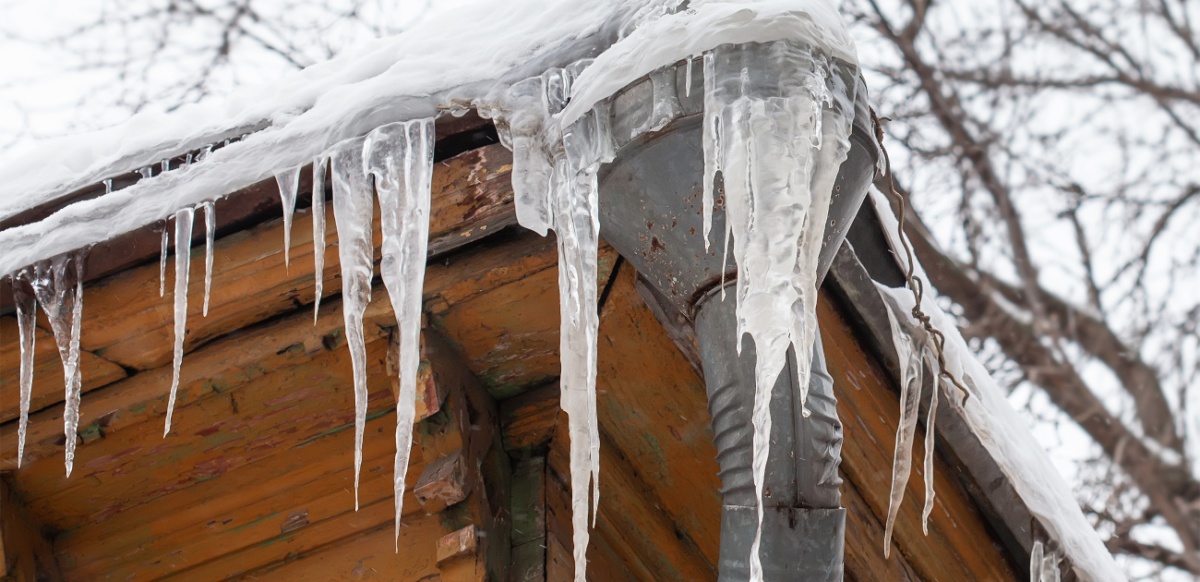Listed here underneath you can find additional very good tips on the subject of Prevent Frozen Pipes .

Winter can damage your plumbing, specifically by freezing pipes. Here's just how to avoid it from taking place and what to do if it does.
Introduction
As temperature levels decline, the danger of frozen pipelines increases, possibly causing expensive fixings and water damage. Comprehending just how to prevent icy pipelines is important for house owners in cool environments.
Avoidance Tips
Shielding susceptible pipes
Wrap pipelines in insulation sleeves or utilize warm tape to protect them from freezing temperatures. Focus on pipes in unheated or exterior locations of the home.
Heating methods
Keep interior areas appropriately heated up, especially areas with plumbing. Open up closet doors to enable warm air to distribute around pipes under sinks.
Exactly how to recognize frozen pipes
Look for reduced water circulation from faucets, unusual odors or noises from pipelines, and noticeable frost on subjected pipelines.
Long-Term Solutions
Structural modifications
Take into consideration rerouting pipes away from exterior wall surfaces or unheated areas. Add extra insulation to attics, cellars, and crawl spaces.
Updating insulation
Purchase high-grade insulation for pipes, attics, and walls. Appropriate insulation aids keep consistent temperatures and minimizes the risk of icy pipelines.
Protecting Exterior Pipes
Yard tubes and outside taps
Disconnect and drain pipes garden hoses before winter months. Install frost-proof faucets or cover exterior taps with protected caps.
Comprehending Icy Pipelines
What triggers pipes to ice up?
Pipes freeze when exposed to temperature levels below 32 ° F (0 ° C) for extended durations. As water inside the pipes freezes, it increases, putting pressure on the pipeline walls and potentially creating them to burst.
Threats and damages
Icy pipes can result in water disturbances, home damage, and costly repair work. Ruptured pipelines can flooding homes and cause extensive structural damages.
Signs of Frozen Pipeline
Determining frozen pipelines early can avoid them from bursting.
What to Do If Your Pipelines Freeze
Immediate activities to take
If you think frozen pipes, maintain taps open up to relieve stress as the ice melts. Utilize a hairdryer or towels soaked in hot water to thaw pipelines slowly.
Conclusion
Stopping frozen pipes needs aggressive procedures and fast responses. By comprehending the reasons, indicators, and preventive measures, house owners can protect their pipes throughout cold weather.
6 Proven Ways to Prevent Frozen Pipes and Protect Your Home
Disconnect and Drain Garden Hoses
Before winter arrives, start by disconnecting your garden hoses and draining any remaining water. Close the shut-off valves that supply outdoor hose bibs and leave the outdoor faucet open to allow any residual water to drain. For extra protection, consider using faucet covers throughout the colder months. It’s also important to drain water from any sprinkler supply lines following the manufacturer’s directions.
Insulate Exposed Pipes
Insulating your pipes is an effective way to prevent freezing. Pipe insulation is readily available at home improvement stores and is relatively inexpensive. Pay close attention to pipes in unheated areas such as the attic, basement, crawl spaces, or garage. Apply foam insulation generously to create a buffer against the cold. You can also wrap your pipes in heat tape or thermostat-controlled heat cables for added warmth.
Seal Air Leaks
Inspect your home for any cracks or openings that could let in cold air. Seal any holes around the piping in interior or exterior walls, as well as the sill plates where your home rests on its foundation. Additionally, make sure to keep your garage door closed unless you’re entering or exiting. Leaving it open creates a significant air leak that can lead to frozen pipes.
Allow Warm Air Circulation
During cold snaps, it’s essential to allow warm air to circulate evenly throughout your home. Leave interior doors ajar to promote better airflow. Open kitchen and bathroom cabinets to help distribute heat consistently around the rooms. If you have small children or pets, be sure to remove any household chemicals or potentially harmful cleaners from open cabinets for safety.
Let Faucets Drip
A small trickle of water can make a big difference in preventing ice formation inside your pipes. When temperatures drop significantly, start a drip of water from all faucets served by exposed pipes. This continuous flow helps prevent the water from freezing. Additionally, running a few faucets slightly can relieve pressure inside the pipes, reducing the chances of a rupture if the water inside does freeze.
https://choateshvac.com/6-proven-ways-to-prevent-frozen-pipes-and-protect-your-home/

I found that blog entry on Winter Plumbing Precautions: Preventing Frozen Pipes while doing research the web. Sharing is caring. One never knows, you might be doing someone a favor. Thanks a bunch for being here. Don't hesitate to visit our blog back soon.
Schedule Services
Comments on “How to Safeguard Your Pipes from Cold Weather: Expert Advice”